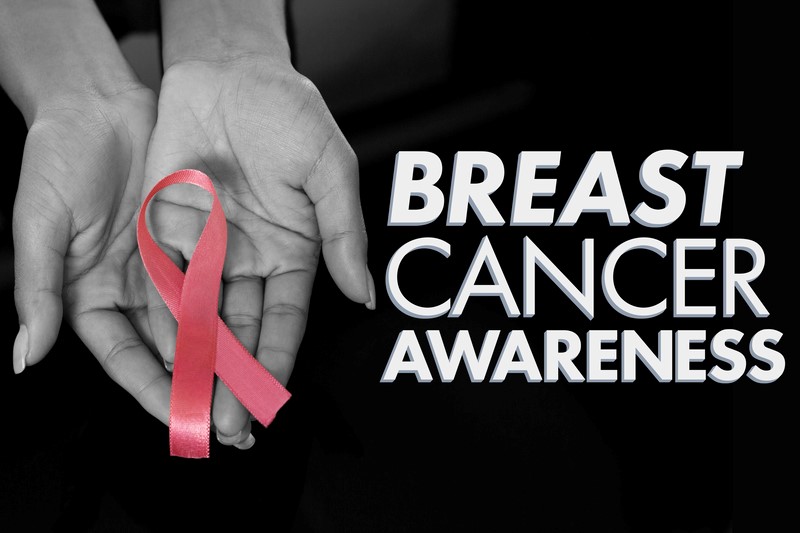by Dan Ritchie, PhD
These times are challenging to say the least. Over the past few weeks we’ve had an unbelievable amount of information coming our way, some challenging and some downright scary. But, I’ve tried to find what is also helpful. Here is a list of five things I’ve learned over the last couple weeks:
Your staff/team needs to hear from you and hear from you often. Leadership matters, even if it is as simple as sending email updates, having Zoom video check-in calls, and texting regularly. Your staff is used to training clients in person, and they miss it. Shifting to online training is a new challenge, so be patient and OVER communicate.
Have a business banker! I am so happy to have a business banker who I have known for years; he knows me, my business, and my needs. Currently, he is updating me on SBA disaster loans and the new PPP options available this Friday. If you have not talked to your business banker yet, send him or her an email and call.
Take care of yourself. You cannot save your business in 24 hours, so pace yourself, get plenty of rest, and as my good friend Martin Pazzani says, “Get Outside.” I love what Paul Holbrook shared on our panel, too. Paul is taking a few days to reset, sit back, rest, and reflect before jumping and shifting to online training.
Do not do this alone! Reach out to us for help. We have plenty of educational opportunities from free webinars to tips on our Facebook page and our FAI membership for $1. Reach out to other owners and other trainers, connect on zoom, and support one another.
Embrace the new normal. I had 160 people on live for a recent webinar. Due to some technical difficulties, I jumped in with a presentation in place of our guest whose internet was down, and people stayed on, listened, and engaged. I would almost swear you could feel the energy from the extroverts in the room coming through the Q&A and chat fields! The appreciation was real and the questions from around the world were engaging. As we embrace our new world, let’s look for the good, look for innovation, find the small things you’ve been missing again, and reach out to other humans. We are going to need each other.









